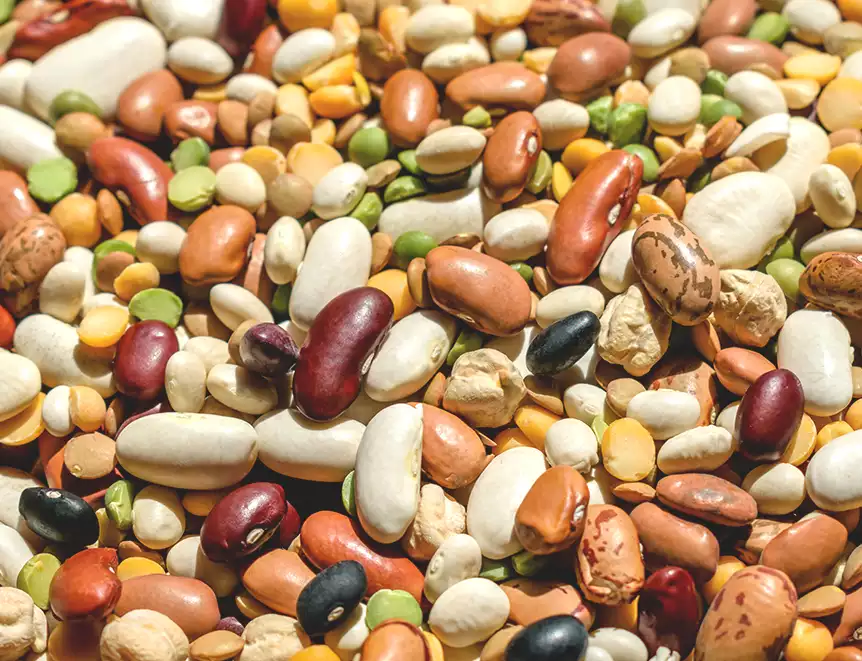Our Mission
Promote their
Qualities and Benefits
Our Mission
Inform Consumers
About their Qualities
Our Mission
Communicate their
Nutritional Values
Our Mission
Collaborate with Working
Groups to influence Consumption
Our Mission



